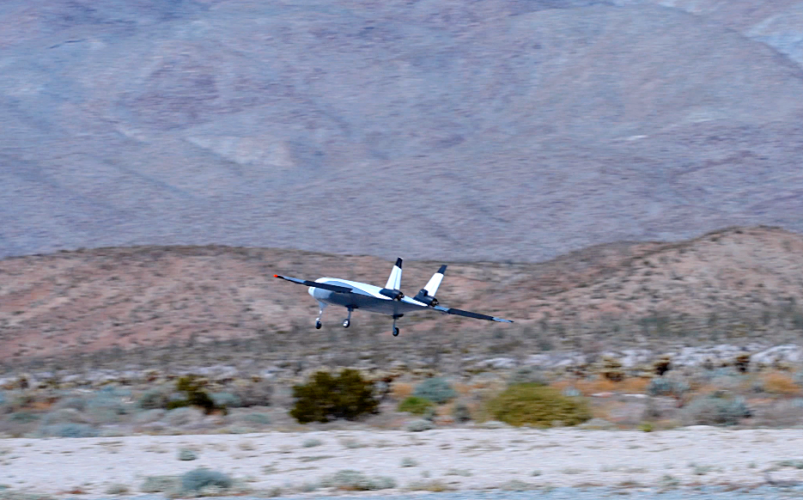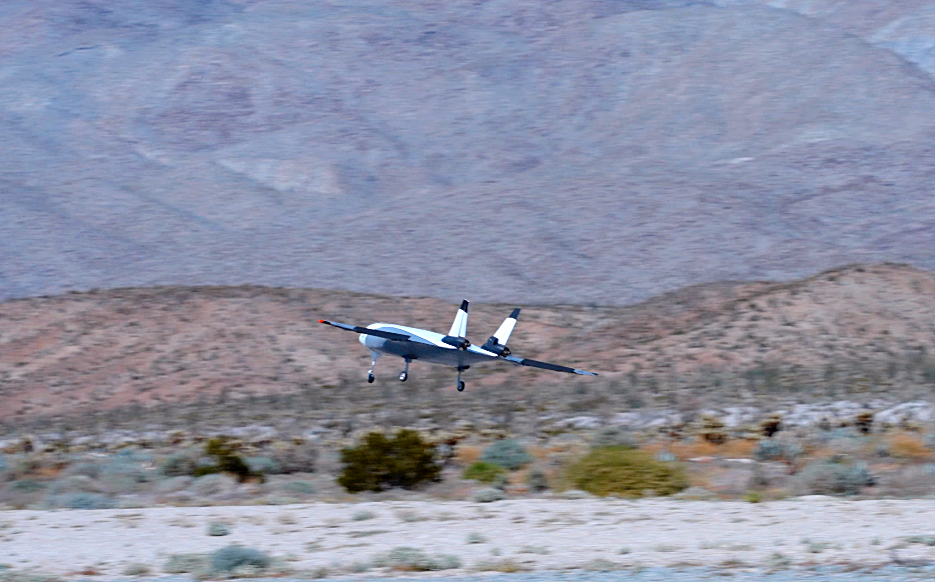- April 2023
Autonomous Cargo Aircraft Developer Natilus Begins Flight Testing
Natilus, a California-based aerospace start-up developing autonomous cargo airplanes, has successfully flown a subscale technology demonstrator for the first time. The company intends to introduce a family of remotely piloted cargo freighters featuring a unique blended-wing-body (BWB) design that will be capable of carrying more cargo than traditional airplanes of comparable size. Its initial offering will be the Kona, the smallest model in its planned fleet.
Natilus says the initial flight tests of its quarter-scale Kona demonstrator aircraft have validated the performance of the BWB design after three years of extensive wind-tunnel testing. The flights took off from a private runway in Southern California, east of San Diego. During the flights, the aircraft reached speeds of about 70 mph (110 kph), according to Natilus.
“The first flights were controlled by a remote pilot to validate ‘open loop’ aircraft stability without autopilot,” a Natilus spokesperson told FutureFlight. “This is a huge milestone for aviation as, previously, BWBs were unstable and had to be flown with a ‘closed loop’ autopilot code.” Natilus is now working to integrate its own autopilot system into the aircraft. While the company’s cargo fleet will be highly autonomous, remote pilots in ground stations will monitor all flights and can take over control of an aircraft if necessary.
With six flight tests under its belt, Natilus is now shifting its focus to the construction of a full-scale Kona technology demonstrator, which will have a wingspan of 85 feet (26 meters). “We are fully focused on completing the full-scale Kona prototype,” said Natilus co-founder and CEO Aleksey Matyushev. “Our Kona remotely piloted aircraft will be capable of carrying over 9,000 pounds (4.3 metric tons) of freight and will open new markets worldwide. The progress of Natilus in developing autonomous cargo aircraft is a game changer in the logistics industry, providing an efficient and cost-effective solution for shipping goods across oceans.”
Read the entire article on FutureFlight.aero



